Between Stability and Chaos: Part Four (of 6)—“California Hear I Come”
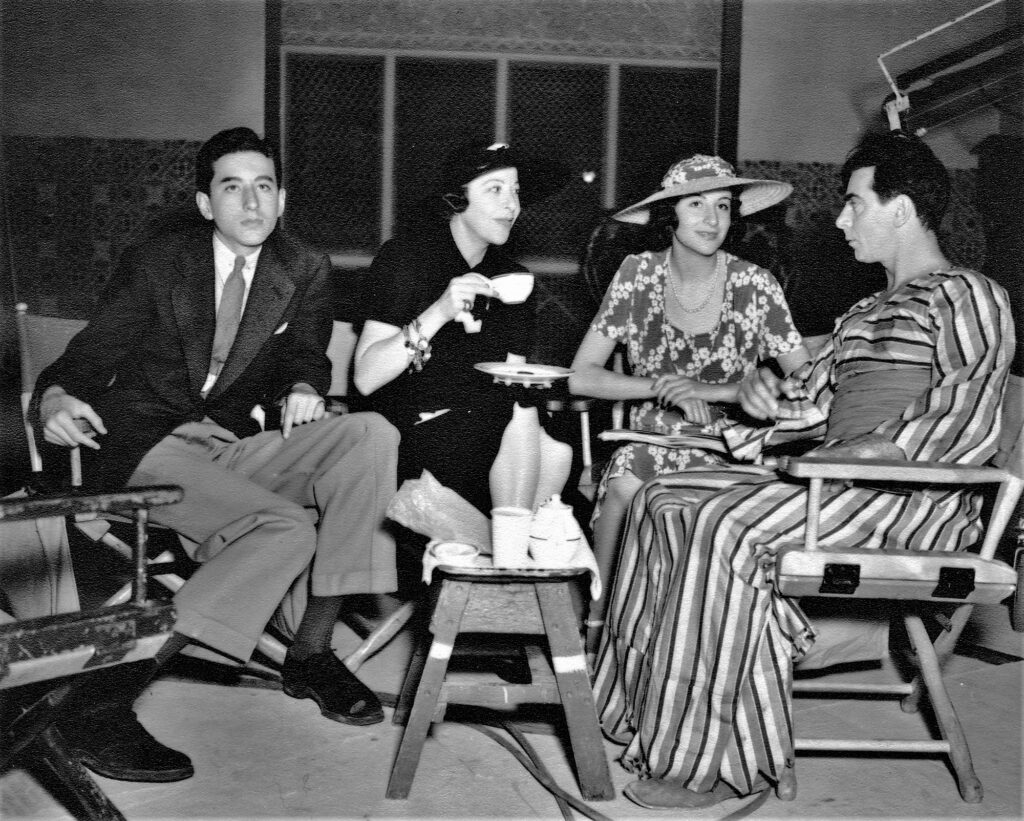
Brice once again became his mother’s tag-along.
It was late 1937. Brice was 16 and Los Angeles was where he, his sister, and his radio star mother were going to live, permanently. His stepfather, Billy Rose, also lived with them, however, cracks in his and Fanny’s marriage were becoming evident in the household. Their divorce came just a year later in 1938.
As it happened, a disaster struck Los Angeles shortly after Brice arrived. At the beginning of 1938, the city suffered a historic, nearly biblical-sized flood—quite a welcome for the 16-year-old.
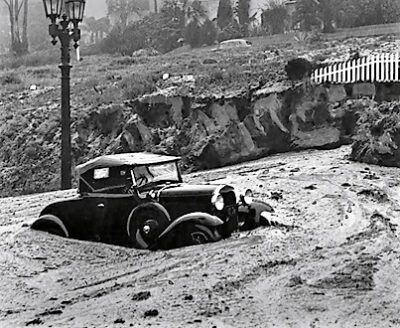
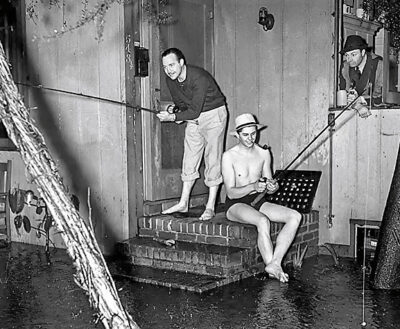
What a change from New York. And what on earth did the worldly teen, who was engrossed in art, feel about suddenly moving to the cultural desert that was LA?
It was not anywhere close to the sophisticated, hustling, and bustling Manhattan. It did not have a long history, nor dense vertical space, nor world-class museums, or other top-notch cultural venues. It also did not have Botkin.
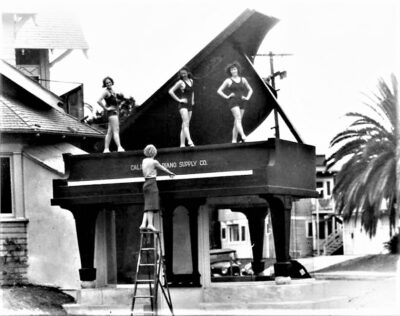
The young City of the Angeles was a ‘blank canvas’ with swaths of flat, vacant spaces in between mostly single- and two-story homes set on wide, empty streets with little traffic for the most part. In fact, Los Angeles County was the agricultural center of North America until the 1950s.
Nevertheless, Brice’s new hometown did have horses and horseback riders, some of whom rode from the hills of Bel Air, where famous movie stars lived, down Rodeo Drive’s bridle path directly into Beverly Hills proper. Brice was not a rider.
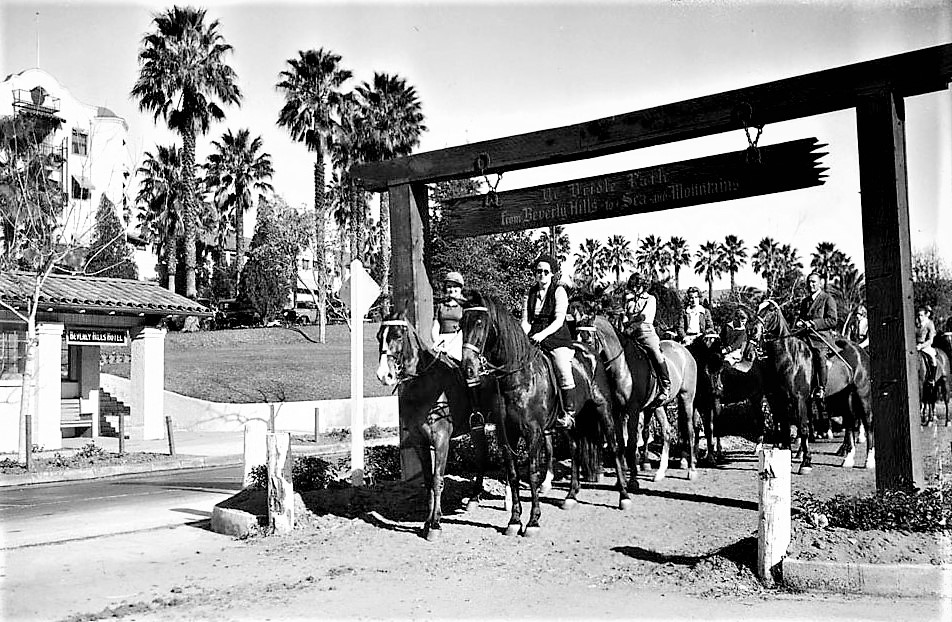
However, by the age of 16, his body began to change. He started filling out, athletic coordination was supplanting preadolescent awkwardness. His sense of what life offered expanded in LA, and he came to appreciate what the city presented: nature and a physical life.
Soon Brice was lifting weights. He muscled up and played sports. He embraced and was fascinated by LA’s surrounding nature: Its ocean with expansive sandy beaches, rugged mountains, and vast surrounding wilderness. He got a car and freedom and became a car lover. He drove to his high school every day, where he met his future wife, Shirley Bardeen, and they began dating. She was beautiful and serene – the opposite of his mother. And she adored him. They went to parties and enjoyed drinking, a lot.
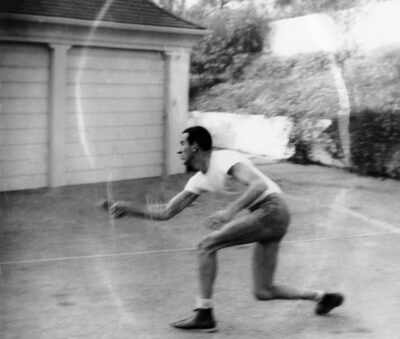
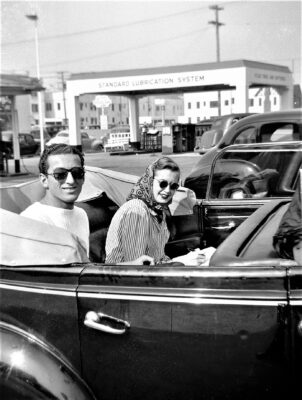
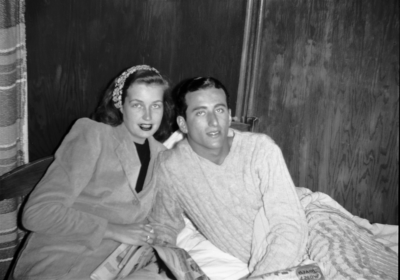
Through dumb luck, Brice had washed up on an island of stability in Los Angeles where his childhood troubles seemed to melt away under the warm California sun. But would it last?
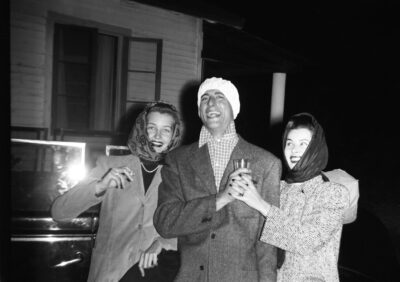
It had been two years since Brice studied with Botkin weekly, a long time in a teen’s life. Now, he was enjoying his life: living in luxury, having a car, a girlfriend, enjoying partying and drinking.
But what was next for Brice? It was not clear. Would he find the drive needed to seek and sustain a career, maybe in art—or might he continue to lead the comfortable, easy life of an idler, and so keep his childhood demons at bay?
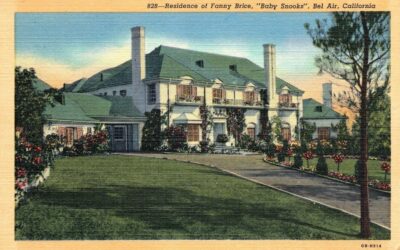
* * *
To be Continued – See our Next Blog: Between Stability and Chaos: Part Five (of 6)—Brice Strikes Out